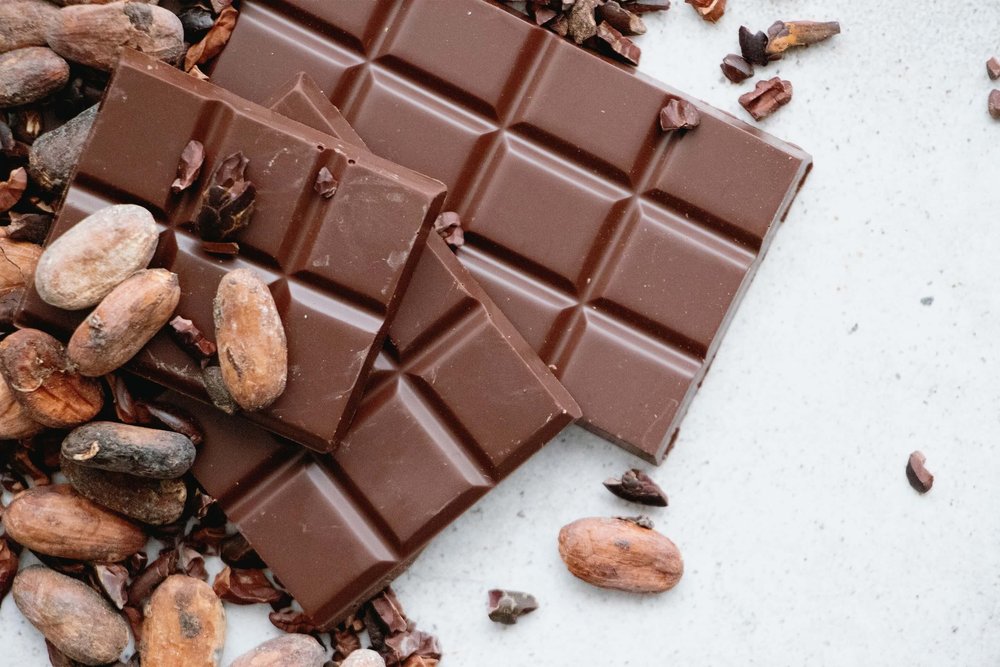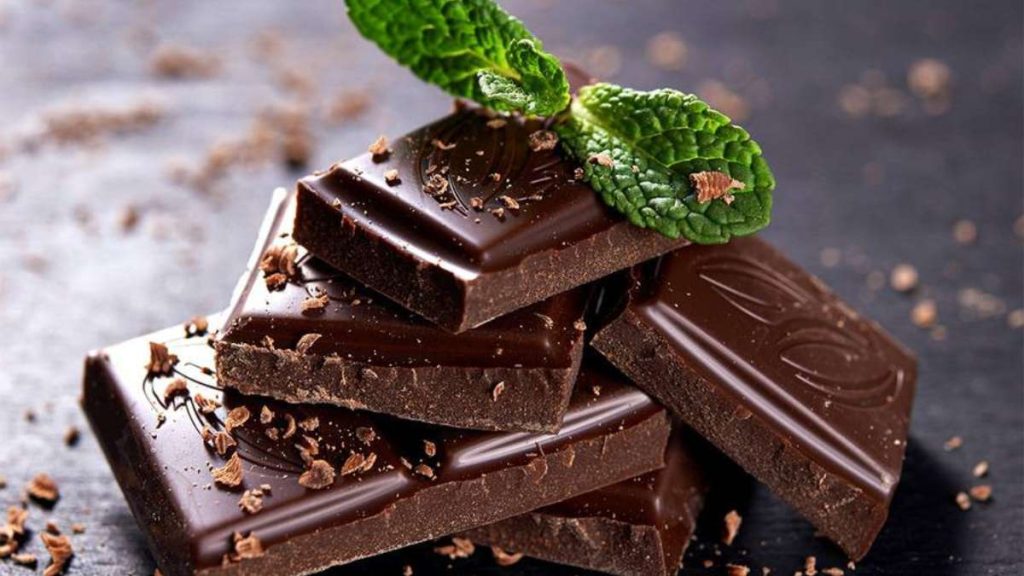The chocolate-making process follows a consistent pattern, yet manufacturers often incorporate their refinements to achieve their desired finished cocoa and chocolate products. PT Wahana Interfood Nusantara Tbk is one of the few Indonesian manufacturers that oversee the entire process, from cocoa bean to the final product.
How is Chocolate Made? From Bean to Bar
Have you ever wondered, “How is chocolate made?” Let’s start with the arrival of the cacao beans at the factory.
Bean Selection and Cleaning
Once carefully selected, the cocoa beans undergo cleaning in a bean-cleaning machine, removing any extraneous materials. The beans are then weighed and sorted by type to ensure consistency in flavor. Different bean varieties are precisely blended to produce the desired chocolate flavor.
Developing the right bean formula is integral to the art and science of cocoa and chocolate making. PT Wahana Interfood Nusantara Tbk selects only the finest fermented Criollo and Trinitario cocoa beans to meet flavor standards.
Bean Roasting
Cocoa beans are roasted to develop their characteristic chocolate flavor. This process occurs in large rotating ovens and can last from 30 minutes to two hours at high temperatures, depending on bean varieties and desired outcomes. Roasting changes the bean color to a rich brown and brings out the chocolate aroma. Subsequently, the cacao beans are cracked and winnowed, removing their outer shells and leaving crushed cacao bean pieces, known as “nibs.” While edible, these nibs are intensely bitter. For Dutch roasts, an alkaline solution is added to produce darker, less acidic nibs.
Liquor Milling
The roasted cocoa nibs are milled and ground into a thick paste called “chocolate liquor.” Chocolate liquor is non-alcoholic and refers to the liquid chocolate. This liquor can be pressed for cocoa butter and powders or solidified to make unsweetened chocolate.
Cocoa Pressing
In cocoa production, the cocoa liquor is hydraulically pressed to extract cocoa butter, leaving “cocoa cakes.” Cocoa butter is used in chocolate making, cosmetics, and medicines. The remaining cocoa solids are pulverized into cocoa powders.
Mixing and Refining
Chocolate liquor itself is bitter and lacks smoothness. To create different types of chocolate, manufacturers add precise quantities of ingredients like sugar, cocoa butter, vanilla, and milk. These ingredients are mixed into a paste resembling dough. Although edible at this stage, the mixture remains grainy. To refine its texture, it passes through chocolate refiners—rollers that crush and refine the paste, determining the chocolate’s smoothness when consumed.
Conching
Further refining the texture and enhancing flavor involves “conching,” a process where chocolate undergoes constant agitation. Conching machines, called “conches,” have large paddles that sweep through the refined chocolate mass for several hours or days. Conching reduces moisture, eliminates lingering acidic flavors, and coats each chocolate particle with cocoa butter, resulting in a smoother, milder flavor.
Tempering and Molding
The chocolate undergoes a tempering process that creates small, stable cocoa butter crystals. This is essential for a glossy appearance and a smooth texture. The tempered chocolate is then molded into different shapes; chips, drops, and blocks.
Cooling and Packaging
Molded chocolate enters controlled cooling tunnels to solidify, taking around 20 minutes. After cooling, the chocolate is packaged for delivery to retailers and consumers.
And there you have it, chocolate! Now you’re equipped to share the detailed process of how chocolate is made with your friends.





